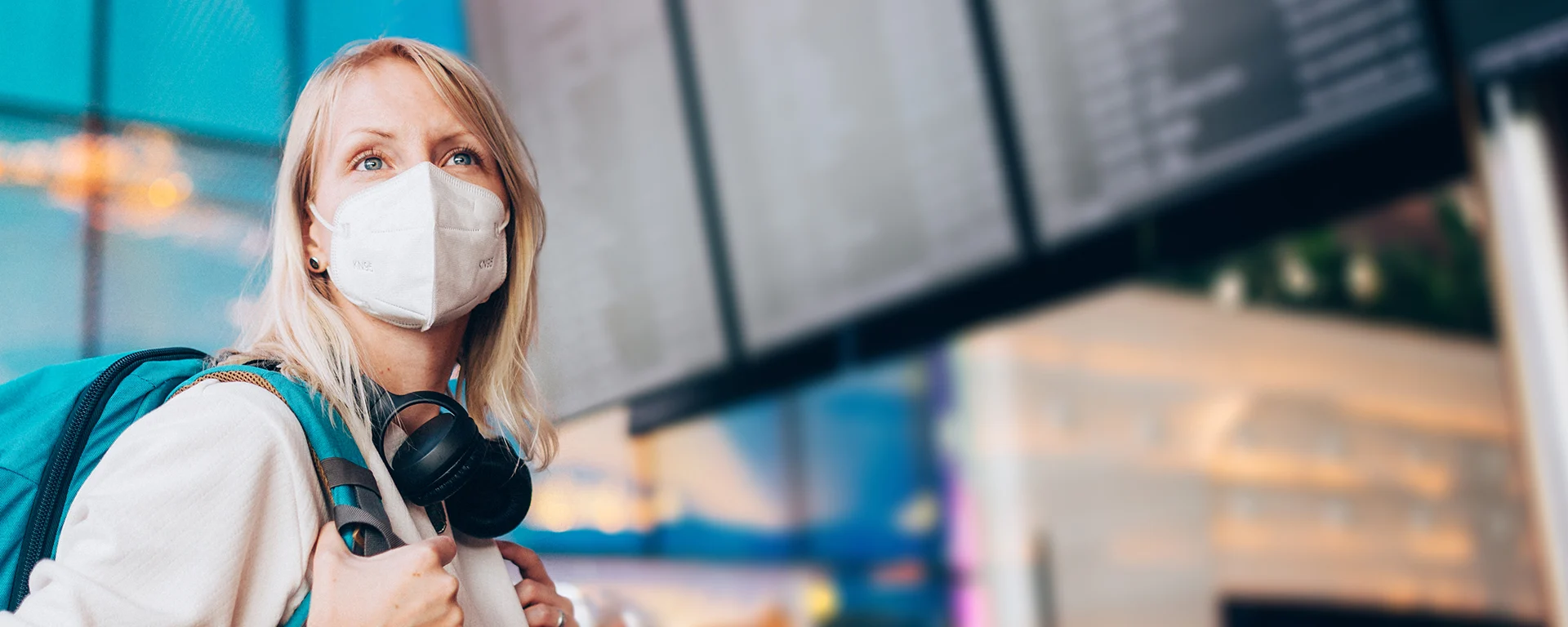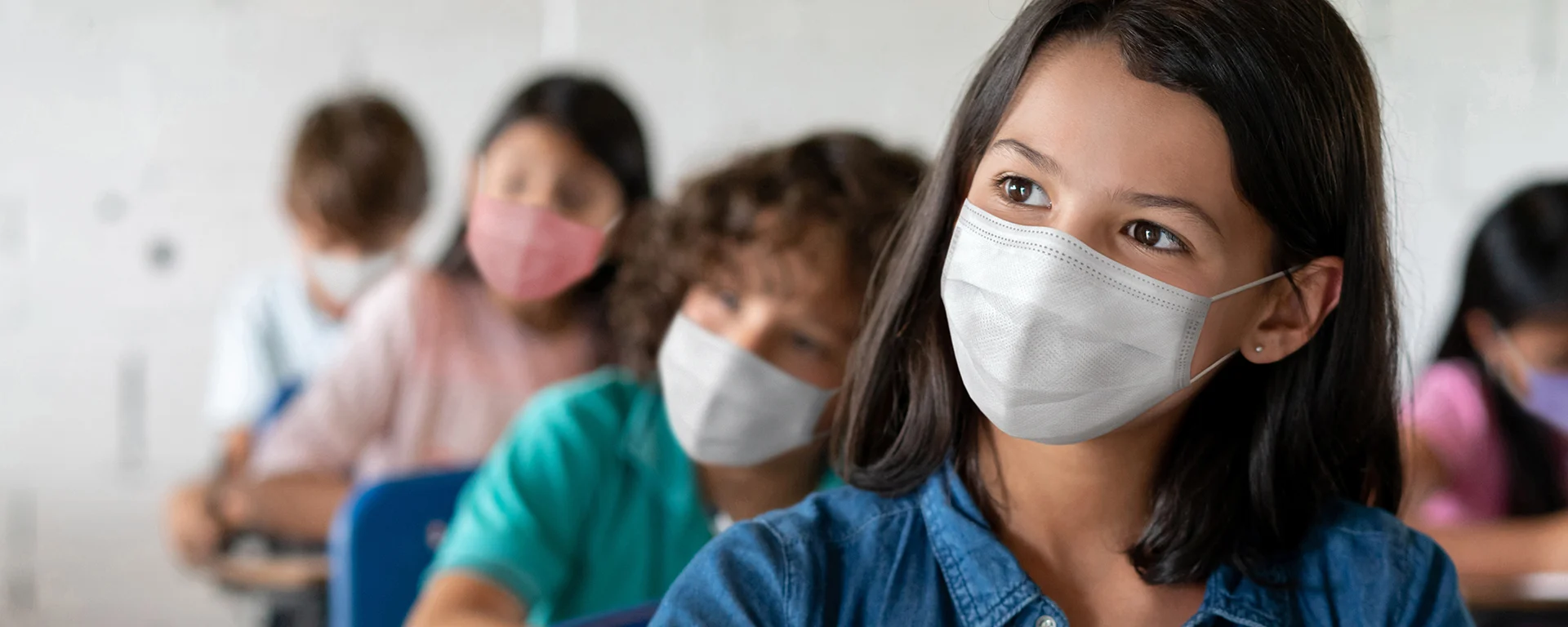Back . . . to Normal?
Not sure what to expect during the 2022-23 school year? Don’t worry, it’s not just you — nobody else knows what it’s going to look like, either.
December 2022: Whenever you test yourself for COVID at home — whether you’re positive or negative — you should report your result. The results are kept private and anonymous. Every test that gets reported helps public health teams better understand where outbreaks are happening, so they can get help to people who need it.
Every household in the US can order four free rapid tests at covidtests.gov or by calling 1-800-232-0233 (TTY 1-888-720-7489).
I don’t know about you, but for me, summer always goes too fast. Maybe it’s because I live in New England, where only five months of the year are reliably not freezing. This year, like last year and the year before that, I have another reason to wish that summer wouldn’t end so soon. Once again, we have no idea what the school year will be like when it comes to COVID-19.
I don’t just mean what the virus has in store for us, though that’s part of it. The stupid thing keeps mutating, becoming easier and easier to catch (though despite what you may have read a couple of weeks ago, it’s not as contagious as measles yet). Yeah, I know that’s just what viruses do — they mutate to get around their hosts’ defenses — but I don’t have to like it.
What I mean is this: On a nationwide or even a regional level, I have no idea how schools are going to respond to COVID-19 this year. And I keep up with this stuff for a living.
We are in what Pulitzer Prize-winning science writer Ed Yong has called the “Figure-It-Out-Yourself Era of the Pandemic." And school systems are now having to figure it out themselves, too. Your child’s school system may have decided, like Louisville, Kentucky’s, that whenever the COVID-19 Community Level is high, masks are mandatory. It may have gone the route of Washington, D.C. and New Orleans, which require the coronavirus vaccine for all students. Or it may have rescinded all COVID-era policies and placed all decisions regarding COVID-19 in the hands of its superintendent, like my kids’ district here in Massachusetts did. I wish I could tell you that there’s a central source for K-12 best practices at different pandemic levels, but I can’t, because there isn’t one — at least, not one that our whole country can agree on.
But that doesn’t mean there’s nothing that you can do to protect your kids from COVID-19 during the 2022 - 23 school year. If we’re in a “Figure-It-Out-Yourself” phase of the pandemic, you’re already in great shape, because hey, you’re here trying to figure it out! So here’s what you, yourself, can do.
Vaccinations
If you’re bothering to read this article, your kids are probably already vaccinated. But if they aren’t, just get it done already. And get them boosted, if you haven’t done that. Seriously.
Yes, I know that the latest variant is really good at getting around the immunity that vaccines give you. And yes, I know that if your kid has had COVID-19 before, they have some level of protection from getting very sick (though they can get infected again very soon). But vaccine-based immunity has continued to beat infection-based immunity every time — it lasts longer and works better. And if your kid does happen to get infected, they’re much less likely to get Long COVID, to go to the hospital, or to die. Enough said.
Masking
If the COVID-19 Community Level in your area is high, send your kids to school in masks. If you’re a more COVID-conservative type, have them mask up when levels get to medium.
If levels are high enough that your kid needs to wear a mask, have them wear a good one — at least a KN95 or KF94, if not an N95. (Don’t know what that means? Find out here.) If your kid is tired of wearing plain old boring masks, they can take a look at some of the hot new designs coming out of the Mask Innovation Challenge — I’m thinking of ordering the one based on origami.
Air Quality
As I remind people endlessly, the number-one way that COVID-19 spreads is through the air. Find out what your kid’s school is doing to keep the air clean. (You can also send them to the EPA’s Clean Air in Buildings Challenge, a three-page PDF of steps schools can take to improve indoor air quality.)
If your school has an HVAC system, find out who maintains it and ask them questions. What kind of filters are they using? (Filters should be at least MERV 9 and ideally MERV 13 — the higher the MERV number, the better the filter.)
Has the school done anything to check that rooms have plenty of fresh air? If not, guide folks to this tool from Harvard’s TH Chan School of Public Health. You plug in the size of the room, how many people are in it, what age they are, and what they’re doing. The calculator tells you what the maximum carbon dioxide (CO2) level should be in the room, which the school can measure using an inexpensive portable CO2 monitor. If the CO2 level is too high, that means the room isn’t getting enough fresh air.
If the school doesn’t have an HVAC system, what are they doing to bring in fresh air? This thread by Leeds University professor Cath Noakes, an expert on ventilation, has some great tips on the subject.
Is the school using air-cleaning machines in rooms where fresh air can’t easily be brought in? Ideally, that means a HEPA filter, which removes the bits of dust and water that viruses ride on — or a DIY air filter called a Corsi-Rosenthal box, which also works well. If those aren’t possible — and the ceiling is high enough — another option is a UVGI unit, which kills viruses by zapping them with ultraviolet (UV) light. (Avoid air cleaners that use ozone — they probably don’t work, and oh by the way ozone is harmful to people.)
Testing
Schools won’t be screening everyone for COVID-19 on a weekly basis like many did during 2021-22. However, the CDC still recommends testing kids who participate in high-risk activities like close-contact sports, band, choir, and theater. They also recommend testing after breaks and before big gatherings like homecoming or prom. If your school wants to do that but is worried about the cost, let administrators know that they can get free testing through the federal Operation Expanded Testing program through the end of 2022.
On an individual level, remember that if you have regular health insurance, you may be able to get eight free home COVID-19 tests per person per month. Some local boards of health are distributing free home tests, as well — you can find the one nearest to you here.
COVID-19 isn’t done with us yet — and sadly, it probably never will be. We have no idea how it will affect this new school year. But honestly, isn’t every new school year a giant basket of unknowns? The virus’s latest curve balls are just another challenge we have to face as parents. We’ve done it for two years now. We can do it again.






